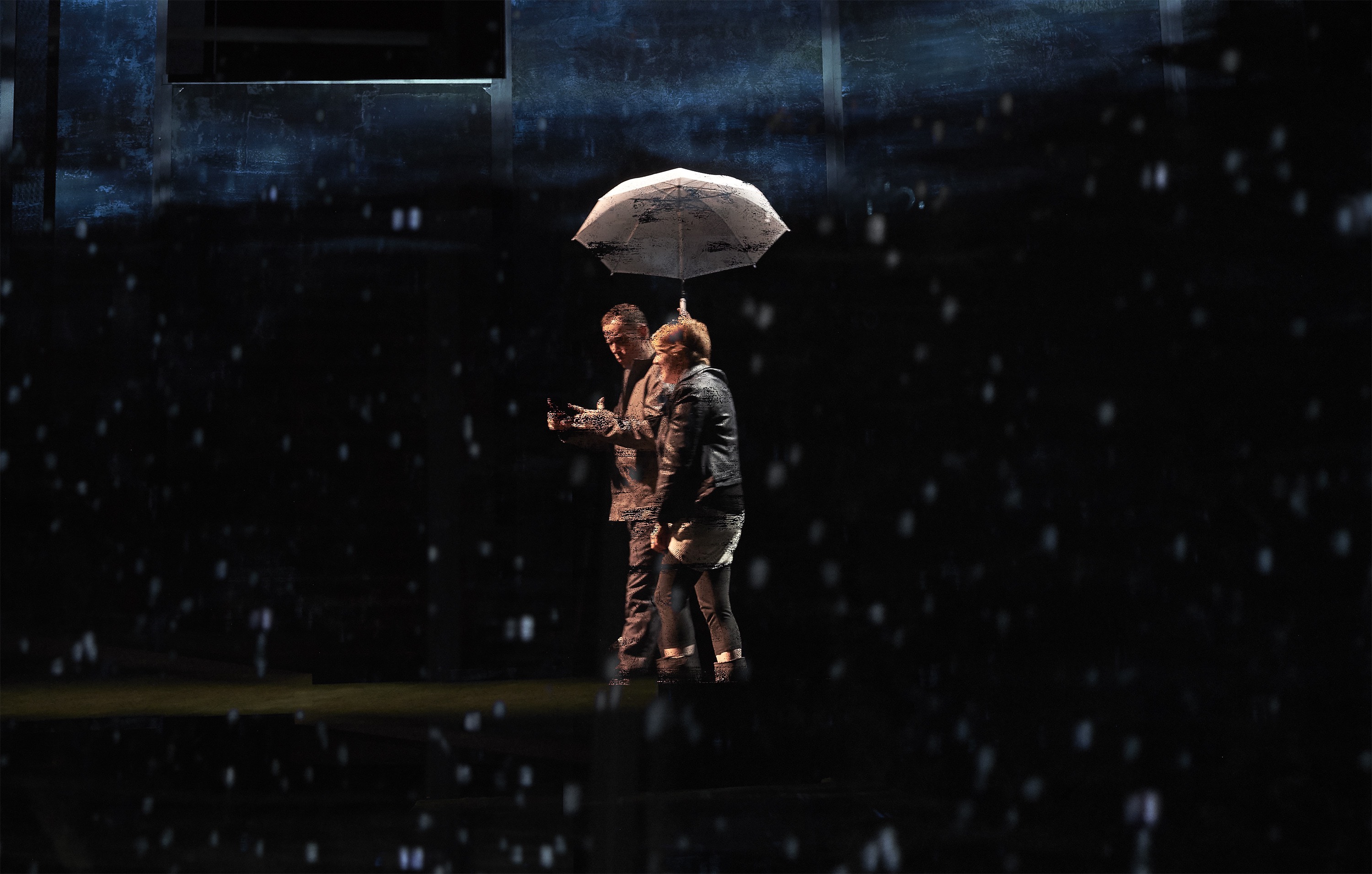
Arts Councils are beginning to allocate grant funds to support Deaf artists and some interpreter costs to write grants. This is a positive step.However, the hard costs associated with implementing interpretation are not typically funded through granting bodies. It is essential for companies to commit to prioritizing these accessible practices on an organizational level. Just as production budgets are adjusted to reflect the engagement of a projection designer and the rental of a projector, for instance, so should production budgets be adjusted to reflect the engagement of interpreters for 1-2 ASL Interpreted performances per production.
Furthermore, most Deaf community projects are in competition with broad-based theatre companies for the limited amount of funds that exist. This sets up a competitive environment for scarce resources between the Deaf community non-profit arts organizations who wish to create Deaf led theatre and broad-based theatre companies who wish to engage Deaf artists and audiences. This structure is not tenable. Collaborative advocacy for both types of production while minimizing competition for the same resources must occur. This requires government advocacy for separate funding sources.
There are also no funds specifically allocated to covering the costs associated with engaging interpreters required to support theatre organizations that wish to work with Deaf artists and audiences . Funding to increase the artistic activity of Deaf artists (such as professional development) without also building the capacity of companies to be able to support that artist properly, is futile. Government investment in Deaf artists will go to waste if organizational funding support does not increase to allow for sign language interpretation.
Budgetary constraints limit the possibility of engaging sign language interpreters as a standard component of theatre production. This makes the well-intentioned implementation of the DATT for many companies moot. Competing for limited grant funding on a project-to-project basis to cover interpreter services is not sustainable. In Ontario, for example, provincial government funding supports medical and employment interpreter services but not cultural interpreted activities. Government funding for interpreted cultural activities would go a long way to increase equity for Deaf artists and patrons of the arts in Canada.
Lobbying by both the Deaf community and the theatre community together must cover all three aspects of theatre development:
- Sustainable funding for Deaf audience access to hearing theatre
- Sustainable funding for hearing theatre companies to engage Deaf artists
- Sustainable funding for theatre that emerges from within the Deaf community.
Alex Bulmer and Rose Jacobson provided recommendations in 2004 aimed at service providers, funders, trainers, producers, artistic directors and arts professionals to enact positive change that included access for Deaf performing artists and audiences to theatre. Many of these recommendations have still not been implemented in 2016. [1] The DATT provides rich descriptions for engagement of Deaf performing artists and audiences so that we can move forward from our learnings. We must advocate collaboratively to seize this moment of deepened understanding and maximize all we have learned.
[1] Alex Bulmer and Rose Jacobson, 2004. Recommendations to the Professional Arts Community (Extract from Picasso Project: A Report from the Field of Disability Arts, December 2004.

